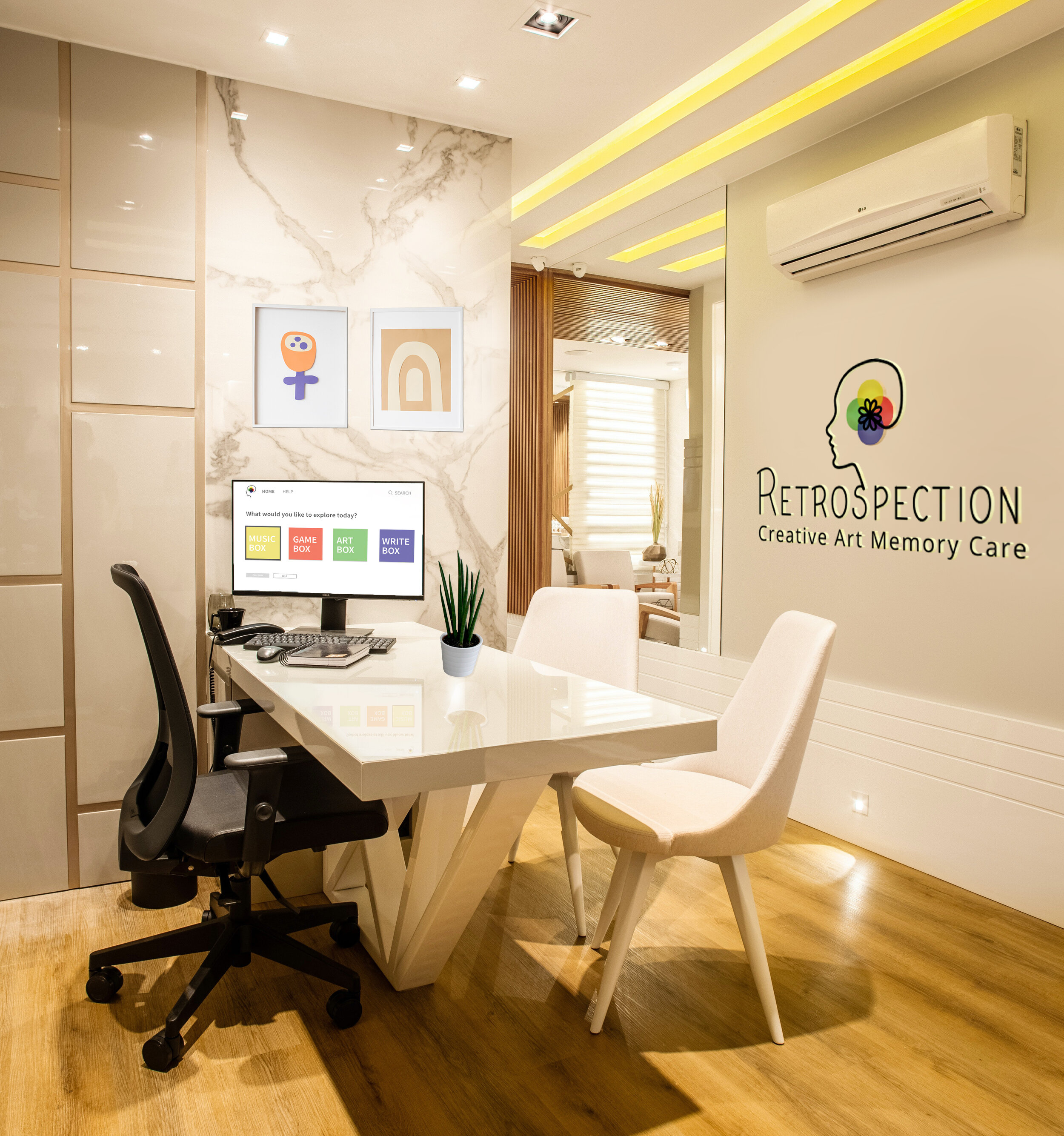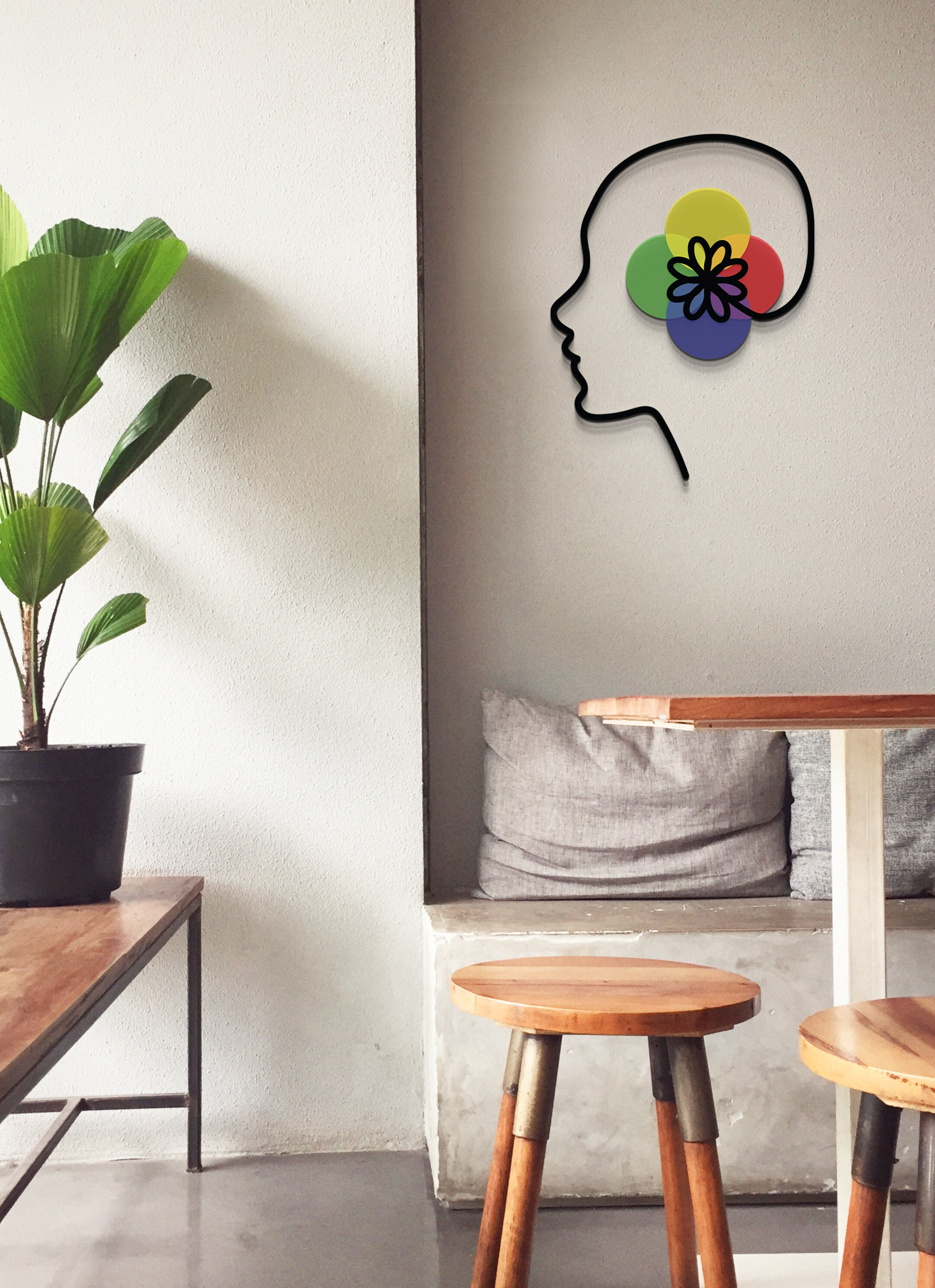Sophia LaBriola

Retrospection
Creative Art Memory Care
Proposing a specialized art therapy memory care facility can have a positive impact on the daily cognitive function of Alzheimer’s patients, and their families. Retrospection explores the concept of an innovative memory care home that prioritizes daily therapeutic exercise inspired by creative arts, technology, nature, music, cooking, and so much more. Retrospection aims to offer specific, consistent care to each individual resident based on their hobbies and interests even before their diagnosis. This type of quality care will be possible by re-designing a new space for Alzheimer's patients aside from what is currently available. Retrospection has the ability to surface new approaches to memory care, aside from the reality of expensive and crowded facilities. Regular assisted living homes have not addressed these issues directly, which is why Retrospection will propose a solution. Most seniors who enter assisted living homes degrade faster than they recover, especially if they suffer from Alzheimer’s Disease. Alzheimer’s Disease (AD) is a slowly progressing disease that affects people over the age of 65. This condition damages the brain over time, causing problems with memory, thinking, and behavior. As of right now, there are no cures or effective treatments available. It can be extremely difficult for those who suffer with this disease to use the part of their brain that controls language, reasoning, sensory processing and conscious thought. Studies show that patients who view or practice art have the ability to regain cognitive function, stabilize behavior, and feel a sense of dignity while doing so. It is essential to offer approachable, stimulating, and appropriate care for AD patients.
Residents at Retrospection will be encouraged to follow simple, creative daily activities and tasks that exercise their brain without causing stress. Each room is equipped with items that will help comfort, stimulate, and educate them through any stage of their memory loss progression. There is a community room with computers that have a simple user interface including a music player. There are also books, art supplies, and games. There is a shaded backyard space for fresh air and a community garden. Care for visually, and hearing impaired is available to residents as well. Our goal is to make residents feel like they are safe at home and have a purpose each day. Not only will the patients at Retrospection regain a part of their life back, but caretakers and family members also. Designing a space like this is necessary for the well-being of AD patients in our community to enjoy the last part of their lives.
1. Bucciarelli, Alia, “Alzheimer’s Disease,” Mercury Learning & Information, 2015
2. Seifert, Lauren S., and Melinda K. Baker, “Art and Alzheimer-Type Dementia: A Longitudinal Study,” Clinical Gerontologist 26, (2003) (1/2): 3–15. doi:10.1300/J018v26n01_02.
Alzheimer’s Disease and Art Therapy
Brand Development
Design Solution


About Retrospection

“Updating the functionality and aesthetics of memory care facilities is beneficial to the well-being of Alzheimer’s Disease patients.”
— Sophia LaBriola
The floor plan is only one level, which will allow residents to have easy access to community rooms. Retrospection offers a closed backyard space for fresh air, community gardening activities and spending time with family. The facility is under 24/7 surveillance and residents will be secure within the premisses.
Music Box
The community room at Retrospection offers an online portal where residents can access games, art and literature exercises and music. Music Box is a unique highlight for Retrospection because it is a specific tool to stimulate and engage residents. There are hundreds of songs and playlists for users to listen to. The interface is simple and user friendly. Sounds will help users relax and let their brain relive old experiences and hopefully create new ones.



